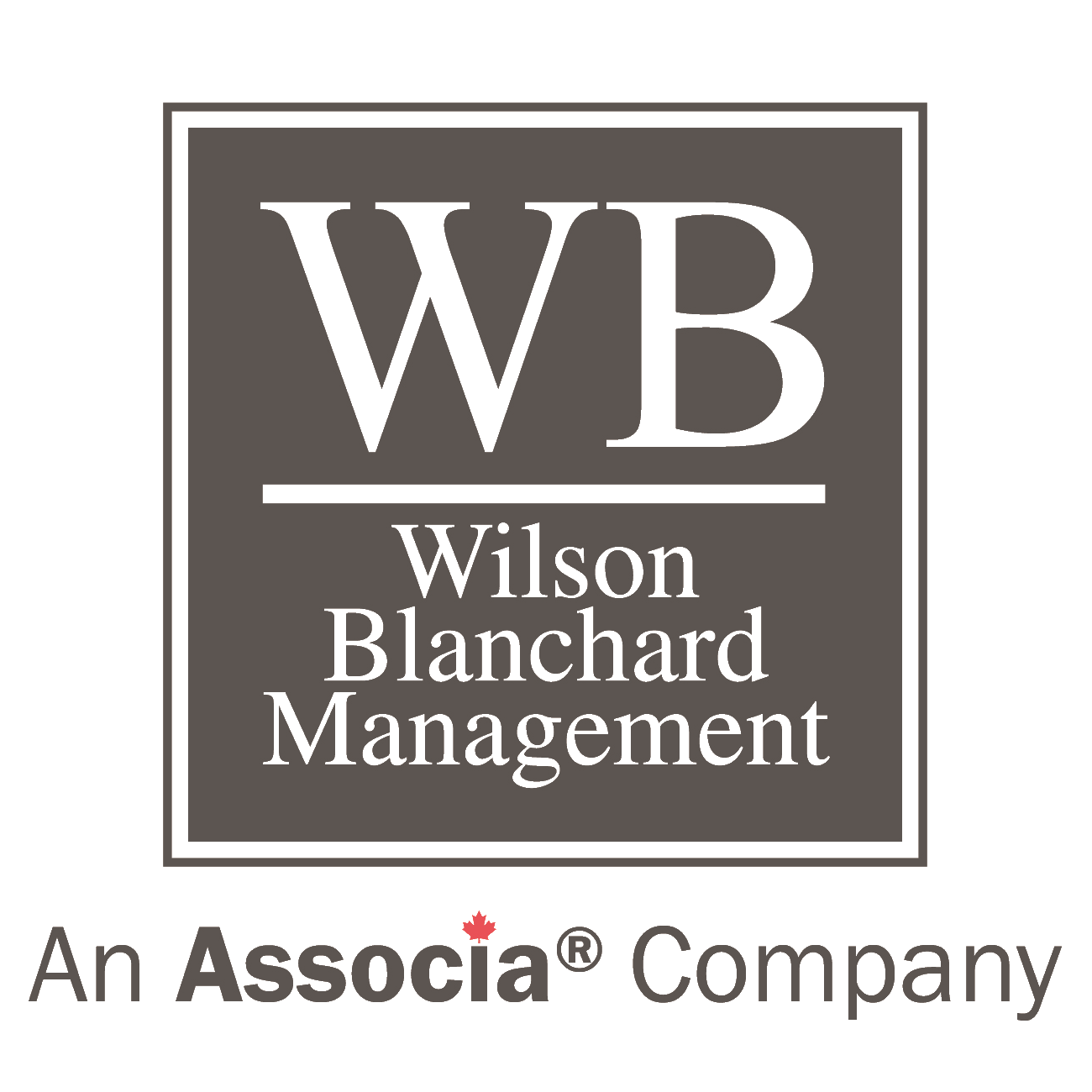What is Radon Gas?
By: Amanda Boakes – Property Manager, Waterloo Region
From the WB Condo Connection, Volume 7, Issue 4
When a unit owner approached me in November of last year to enquire whether the site had ever been tested for radon gas I was not aware of what radon gas was. She informed me that since she and her husband moved into the unit they have had breathing problems causing their health to deteriorate. When this was brought to the board’s attention they requested that I look into this further and see what options were available.
Radon is a radioactive gas formed naturally by radioactive breakdown of uranium in soil, rock and water. Radon gas is colourless and odourless; however, it can be detected with special instruments used for testing.
Radon usually escapes from the ground…where it mixes with fresh air resulting in concentrations too low to be of concern.
Radon usually escapes from the ground into the outdoor air where it mixes with fresh air resulting in concentrations too low to be of concern. However when radon enters an enclosed space, such as a home, it can accumulate to high concentrations which then have the potential to cause health issues and increase the risk of lung cancer.
For further information I contacted an environmental contractor to find out if they had any knowledge of radon gas. Fortunately, they are qualified to conduct the tests necessary to determine if radon gas is present. In order for them to test for radon gas they would need to place a long term measuring device in the units basement for at least 91 days to allow enough time for an accurate reading since it is not uncommon to see radon levels in a home change over a one-day period. Variations from season to season can also be a factor. Commonly, the highest radon levels are usually observed during the winter months.
Due to the timing of this article I do not have confirmation from the contractor as to whether this unit has been affected by radon gas. More information will be available once the testing period is complete. The Board must be prepared to take all necessary steps to ensure this potential health hazard is corrected.
